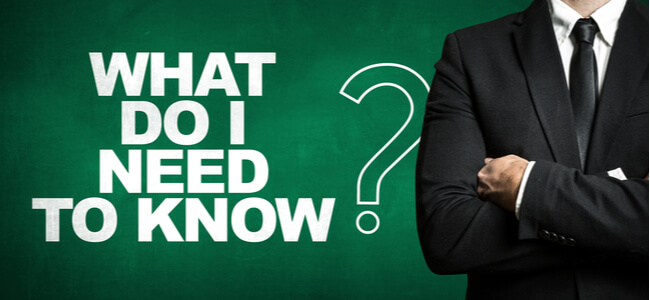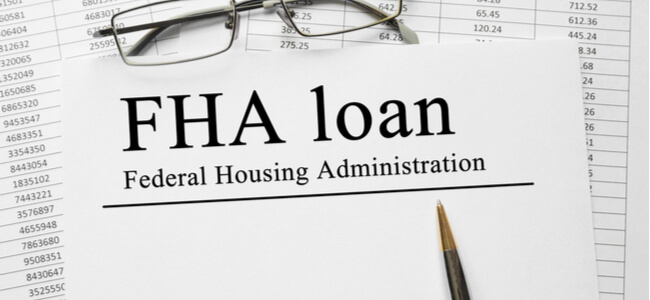Debt Types And How To Manage Them

Sooner or later, most consumers are confronted by some form of debt. A debt can come in unexpected shapes and various forms. When you are in debt, the experience can be overwhelming depending on the depth and amount.
Though all debts are not created equally, some can be considered more manageable than the rest. Installment loans with defined repayment terms may help those who need structure to manage debt appropriately. By comparison, credit cards and other lines of credit can give greater flexibility in managing the total borrowed and repayment structure.
However, irrespective of what type of debt you owe, it can have an effect on your peace of mind. To avoid this scenario, engaging in better debt management practices will help alleviate the possible stress. Keep reading to learn about a number of different types of debt.
Secured Debt
When you opt for a secured debt, you have to back the borrowed money with collateral. When you decide to borrow, your lender checks your borrowing history and asset ownership. This helps lenders fix the interest rates and also identify what collateral you must place as a backup for the borrowed amount.
- Lenders recover unpaid debts through foreclosure or repossession.
- If you are unable to make timely payments your lender would claim ownership of your asset
With assets like cars, where the value depreciates quickly, you could end up underwater because you may owe more than the value of the item.
Unsecured Debt
Unsecured debts are not backed up by any collateral. Your student loans, payday loans, credit cards, and personal loans are common examples of unsecured debts.
- Lenders take on more risk as the money you have borrowed is not backed up by an asset
- Unsecured debts usually come with higher interest rates since it is harder for lenders to recover money in the case of default
With secured debts, borrowers are often more dedicated to making timely payments because assets are at stake of seizure, forfeiture, or repossession. With unsecured debts, there are higher chances of debt piling up if you miss a payment or two.
Revolving Debt
Revolving debt allows you to borrow up to your credit limit. This can be a great option for you if you make repayments regularly and borrow more when you need the cash. You can continue with this cycle for as long as the lender agrees.
- A credit card can be considered as a good example of revolving debt
- Debt can be kept under control with regular repayments
- If you only pay a minimum amount per month, compound interest will raise the cost of debt very quickly and add to the principal amount
- Defaulting on payments invites penalties in the form of late fees and increased interest rates.
Read more about: Installment loans vs. Revolving Debt
Sneaky Debt
Today, you can finance anything, from cars to household items and even pets. Most of these loans will entice you with APR-free financing. These are nothing but sneaky debts.
Salespeople are smart, and they know certain individuals cannot afford to repay the borrowed money within the stipulated time frame. In such scenarios, you might end up with astronomical interest rates to be repaid.
Interest free ‘deals’, store credit cards, and smartphone upgrades are all good examples of how you can be enticed to spend more than what you can afford at present. These sneaky debts can cause you financial stress later, so they must be approached with caution.
Mortgages
Mortgages are non-revolving debts that can be used only once and are backed by the collateral of the property with which the money was used to purchase.
When you borrow a certain amount, you need to repay it in installments at fixed times
When you clear the debt, you do not get any additional amount to spend
Mortgages tend to last for long terms, and you end up repaying a lot more than what you originally borrowed
You need to pay the minimum monthly payments as well as the interest on the remaining amount
How To Manage Different Types Of Debt
When you have too many debts, you need to act strategically by making a plan to exit debt as soon as possible. Here are some ways through which you can manage your debts effectively.
- Prepare A Budget - You must calculate your minimum monthly expenses and set aside a good amount per month to get rid of your debts, ensuring you have at least the minimum payment available for each debt so you do not default.
- Use The Debt Snowball Method - Through this method, you can start off by repaying the smaller debts first and gradually progressing to clearing the bigger ones. Getting rid of the smaller loans will give you the motivation to repay the bigger ones. This is ideal for clearing student loans, auto loans, etc.
- Use The Debt Avalanche Method - By adopting this method, you can target the loans with the highest interest rates first and move towards other smaller loans. This is ideal for loans that have higher interest rates and collateral at stake.
- Make A Plan - More than just making a plan, it is important to have the discipline to stick with it. Once you have made the plan, follow it religiously to eliminate your debts at the earliest opportunity.
Conclusion
Debts come in multiple forms, and it is very natural to carry some debt or another. However, it is important to borrow money wisely and manage your debts effectively to lead a stress-free life.
Whenever you decide to borrow, take a look at your own personal financial situation. Borrow only what you can afford to pay back each month without much difficulty. Even if you have a higher credit limit, do not fall into the trap of borrowing more without understanding how to repay the debt in the long term.



